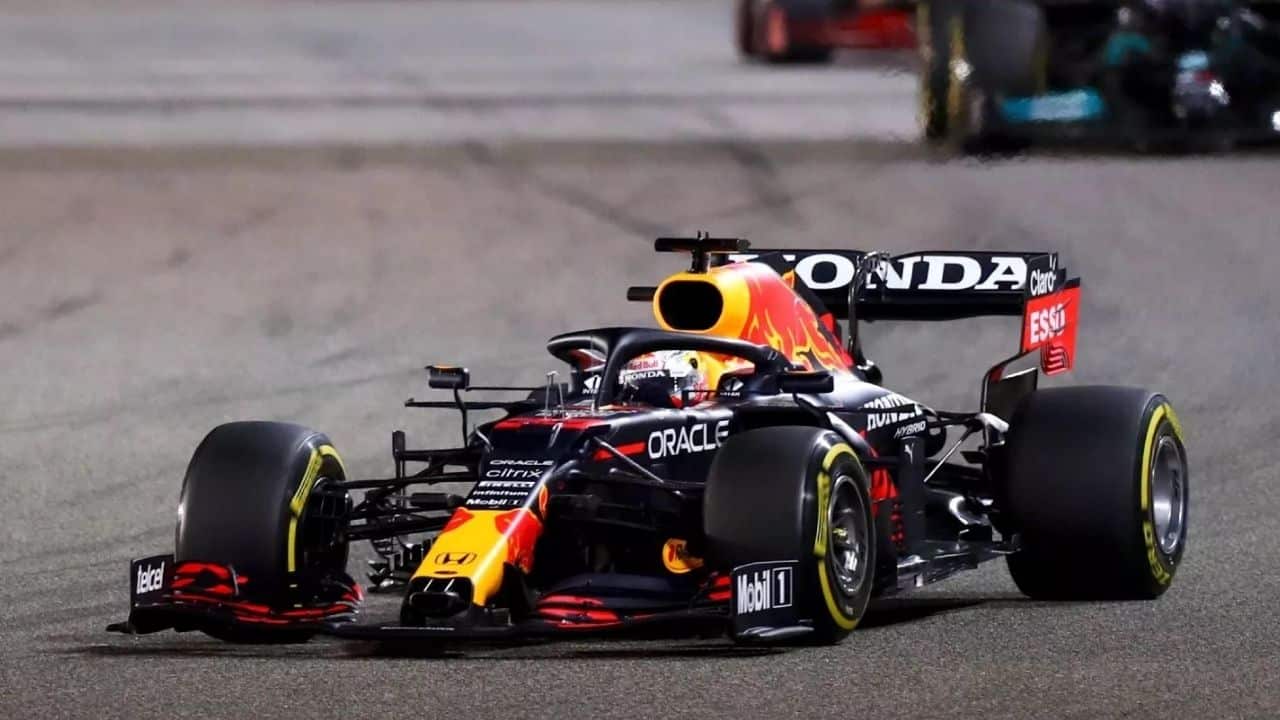The power unit freeze in Formula One begins this season, which means that the engine specification used in the 2022 Bahrain GP will be contested for four full seasons, know the meaning of engine freeze in F1 explained
Some components of the power unit can still be modified until September of this year. But after that, no more modifications can be made, at least in terms of performance.
Overall, the relative performance of the four power units utilised in Formula One will stay identical for the length of the freeze.
F1 Engine Freeze Meaning, Schedule, Date, Till 2025 Explained
What exactly is an engine freeze?
The freeze effectively halts development by the four existing Formula One power unit manufacturers: Mercedes, Ferrari, Renault, and Honda (rebranded as Red Bull Powertrains).
Each power unit’s specs must be submitted with the FIA in a process known as homologation. It entails producing a component that is validated as legal and can be copied in manufacturing for use in races but cannot be modified afterwards.
According to the FIA F1 sporting regulations, “the only power unit that may be used at an event during the 2022-2025 championship seasons is a power unit that is composed only of elements that were in conformity, at the time they were introduced into the race pool, with the most recently submitted and approved homologation dossier as defined in Appendix 4 of the technical regulations.”
As detailed below, that appendix outlines how and when adjustments can be made.
When will it be over?
The freeze begins this season and continues through the seasons of 2023, 2024, and 2025, until new regulations take effect in 2026.
The 2026 power units will not be a tremendous departure from the existing V6 turbos, but they will be different, and they will take a significant amount of work to build.
There are two deadlines for homologation. The first was March 1, 2022, when manufacturers were required to freeze the ICE (V6 engine), turbo, MGU-H (motor generator unit – heat), exhaust system, fuel specification, and engine oil standard.
They do, however, have some time to work on other power unit parts this season because there is a second deadline of September 1st, 2022 for a specification upgrade to the control electronics, the energy store (battery), and the MGU-K (motor generator unit – kinetic).
After then, and from 2023 to 2025, no additional enhancements are permitted.
Why does F1’s engine freeze?
The freeze was implemented to allow the four present manufacturers to shift their development priorities away from their current power units and toward the new 2026 rules.
Red Bull Powertrains has already been announced as one of those new manufacturers, having taken on the Honda project beginning this season, while the Volkswagen Group is likely to enter F1 with either the Porsche or Audi brands.
Red Bull also lobbied hard for the freeze, believing it was critical to persuading Honda to continue supplying its existing power units until 2025, despite the lack of official works backing.
Following Honda’s retirement from F1 as an official engine manufacturer, Honda’s power units will be branded as Red Bull Powertrains, or RBPT, beginning with the 2022 season.
Rather of switching engine suppliers, Red Bull has brought Honda’s power units in-house by developing its own.
They declare that “during the homologation period, a manufacturer may apply to the FIA to make modifications to the homologated power unit elements for the only objectives of reliability, safety, cost savings, or minimum incidental alterations authorised in [Article] 5.4.”



